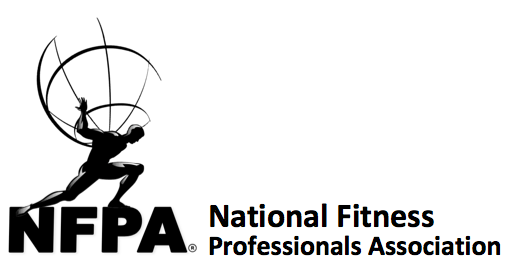powering the sprint
the crucial role of calf muscles for sprinting
Sprinting, the epitome of speed and power in athletics, demands a combination of strength, technique, and explosive force. While athletes often focus on their quadriceps and hamstrings, the calf muscles, specifically the soleus and gastrocnemius, play an equally critical role in sprinting performance. This comprehensive 5000-word article explores the significance of calf muscles for sprinters, delving into the benefits, scientific foundations, and practical applications.
Sprinting is a pinnacle of human athletic achievement, characterized by the ability to cover a short distance in the shortest possible time. It involves rapid acceleration, explosive power, and impeccable technique. While sprinters traditionally focus on developing their quadriceps and hamstrings, they often underestimate the significance of their calf muscles—the soleus and gastrocnemius.
The Importance of Calf Muscles for Sprinters:
Benefits of Strong Calf Muscles
Improved Acceleration: The initial phase of a sprint requires rapid acceleration from a standstill. Strong calf muscles are crucial for generating the force necessary to push off explosively, propelling the sprinter forward.
Enhanced Propulsion: During the drive phase, sprinters rely on their calf muscles to maintain powerful strides. Strong calves ensure a continuous transfer of energy, allowing for efficient forward propulsion.
Decreased Risk of Injury: Well-conditioned calf muscles act as shock absorbers, reducing the risk of common sprinting injuries such as Achilles tendonitis and calf strains.
Scientific Foundations:
Muscle Fiber Composition: The calf muscles consist of a mix of slow-twitch (Type I) and fast-twitch (Type II) muscle fibers. Understanding this composition is essential for tailoring training programs to optimize performance.
Biomechanics of Sprinting: Analyzing the biomechanics of sprinting reveals how calf muscles contribute to force generation, energy transfer, and stride length.
Role in Elastic Energy Storage: Calf muscles play a pivotal role in storing and releasing elastic energy during the sprinting cycle, maximizing efficiency.
Practical Applications:
Exercise Selection: Incorporate calf-specific exercises such as calf raises, seated calf raises, and box jumps to target both the gastrocnemius and soleus.
Training Frequency: Follow a well-structured training schedule, integrating calf workouts at least two to three times per week.
Progressive Overload: Gradually increase the resistance and intensity of calf exercises to promote muscle growth and strength development.
Triphasic Periodization: Understand the phases of eccentric, isometric, and concentric muscle contractions and apply them strategically to calf training.
Variability in Reps and Sets: Utilize varied repetitions and sets during each phase to stimulate muscle adaptation and prevent plateaus.
Recovery and Regeneration: Prioritize adequate rest and recovery between sessions to optimize muscle growth and reduce the risk of overuse injuries.
Current Research Findings:
Calf Muscle Hypertrophy: Recent studies have shown that targeted calf training can lead to significant muscle hypertrophy, translating into improved sprinting performance.
Elastic Energy Transfer: Research highlights the importance of calf muscles in the efficient transfer of elastic energy during sprinting, emphasizing their role in enhancing speed.
Injury Prevention: Evidence suggests that strengthening the calf muscles reduces the risk of common sprinting injuries, providing a sound foundation for long-term performance gains.
Four-Week Calf Strengthening Progression Program:
Week 1-2: Building Strength
Seated Calf Raises: 3 sets of 10-12 reps
Standing Calf Raises: 3 sets of 10-12 reps
Box Jumps: 3 sets of 8-10 reps
Week 3-4: Increasing Intensity
Seated Calf Raises (Eccentric Emphasis): 4 sets of 8-10 reps
Standing Calf Raises (Isometric Holds): 4 sets of 6-8 reps with 3-second holds at the peak
Box Jumps (Depth Jumps): 4 sets of 6-8 reps with a focus on explosive power
Conclusion:
In the pursuit of sprinting excellence, the significance of calf muscles should never be underestimated. They are instrumental in acceleration, propulsion, and injury prevention. By understanding the scientific foundations, sprinters can unlock their full potential. Current research reinforces the importance of calf training in enhancing sprinting performance. The included four-week progression program provides a practical roadmap for athletes to strengthen their calf muscles effectively. In the world of sprinting, calf muscles truly hold the key to unlocking greater speed, power, and performance.

